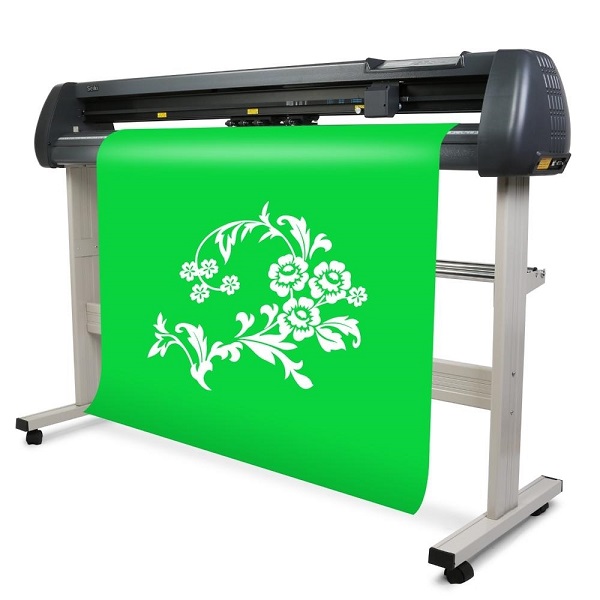Anyone who’s been in a craft store or visited Etsy.com recently knows that interior wall graphics are big business. Because of this explosion in interest in using sign vinyl for interior decor, we humbly present this updated basic guide to interior wall graphics.
Why do we need a special guide for wall graphics?
Experienced sign and graphics folks need to understand that interior wall graphics pose unique challenges. If you start with the idea that you can use the same materials and techniques that work for window and auto glass or aluminum sign blanks, you’re in for problems.
For hobby users, all of this is new. Basic guides for self-adhesive vinyl may not deal specifically with wall text & graphics. This article covers the basics of what to use, how to apply it, and where to get more detailed information for further study. Let’s take a look at the unique materials, surface challenges, and application tips that will make your wall graphics applications successful.


1) Unique Materials: Choosing the Right Vinyl
To install successful interior wall graphics, you need to use the right vinyl. There are two particular features most interior wall installations require. For most wall décor graphics, you’ll need a vinyl with a matte finish and a removable adhesive.
The matte finish is important because interior lighting can produce hot spots of glare on traditional glossy vinyl surfaces obscuring the text or graphic. Matte vinyl is a rare commodity in the sign industry.
The other critical element is the adhesive. Most vinyls have permanent adhesives designed for long term outdoor use. These aren’t good for interior décor, trade show graphics, or promotional retail signage. When it’s time to remove the graphic, a permanent adhesive can damage painted walls. If the vinyl has low tack removable adhesives, so they’re perfect for these applications.
2) Unique Materials: Medium Tack Application Tape
Now that you know what vinyl to run through the plotter, let’s talk tape. Getting the vinyl and tape combination right can be almost as important as choosing the right vinyl. These matte finish films have unique surface properties that gives them that appealing matte finish. These can also make it more difficult for most tapes to make a secure bond with the face film. With some brands, this means it’s hard to get the cut and weeded vinyl off the release liner. This is complicated by the fact that, after pulling the vinyl from the liner, the tape has to release the vinyl so that the vinyl sticks to the wall. That wall may not be vinyl friendly, especially if it has a dimpled texture. More on that later.
So, the tape’s adhesive compound must be aggressive enough to pull the vinyl off the liner, then passive enough to let go if it so the decal can stick to a painted wall. Manufacturing “passive-aggressive” transfer tape is quite a challenge for the tape manufacturers and there are only a few that get it right.
Surface Challenges: Pushing the Envelope
Self-adhesive plotter films were designed to replace paint in commercial signage. So they’re made to adhere to standard industry substrates like glass, aluminum, and plastics. All of these have very smooth surfaces that produce a good bond between the substrates and the vinyl’s adhesive. Putting these films on interior painted walls is pushing the envelope. So, it’s important to understand what kinds of walls will and will not work with vinyl graphics. Yes, I said it may not work. Let’s understand why.
Texture: Putting vinyl on any surface that is rough or porous seriously degrades its ability to adhere. Textured, painted walls are some of the toughest challenges in the vinyl world today. re made to adhere to standard industry substrates like glass, aluminum, and plastics. All of these have very smooth surfaces that produce a good bond between the substrates and the vinyl’s adhesive. Putting these films on interior painted walls is pushing the envelope. So, it’s important to understand what kinds of walls will and will not work with vinyl graphics. Yes, I said it may not work. Let’s understand why.




